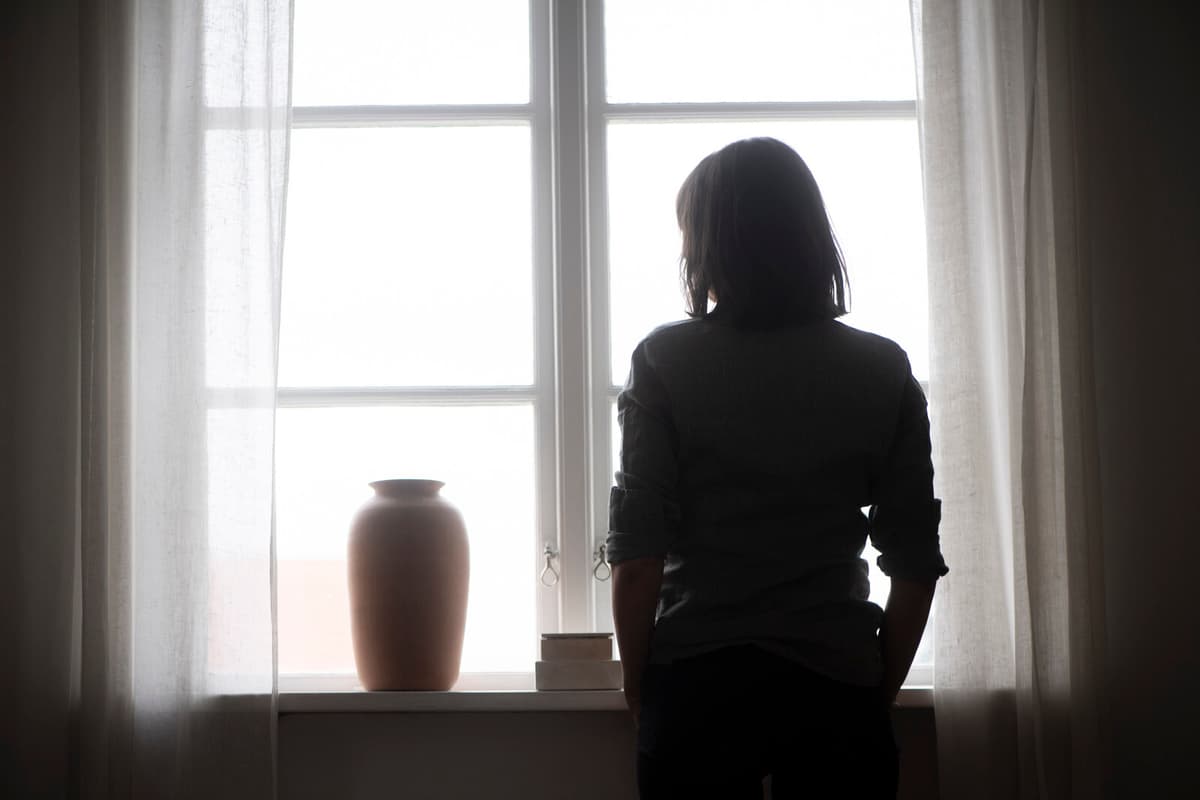Disorders in the pelvic floor can affect both sexes but are significantly more common among women, in connection with childbirth. The problems can be leakage of urine and feces, pain, prolapse and as a consequence also mental suffering.
But many dare not seek help.
It is still a taboo area - for many it feels so private, says Eva Uustal, senior physician in gynecology.
She is also one of the experts who have contributed to the National Board of Health and Welfare's new national guidelines for pelvic floor disorders. "Break the shame and strengthen the care chain" is the main message in the guidelines.
It's about healthcare professionals in primary care actively asking about symptoms, so that interventions can be made early.
There may be a misguided consideration in healthcare not to raise such issues. There may also be a lack of knowledge, but all affected have the right to a good investigation, says Eva Uustal.
The National Board of Health and Welfare therefore points out in the guidelines the need for increased competence in primary care and that access to qualified care becomes more equal. Today, only half of the regions have special pelvic floor centers where different specialists collaborate.





